Home stretch: Main Street Construction nears completion
July 31, 2021 | By Tulley Hescock and Lisa Scagliotti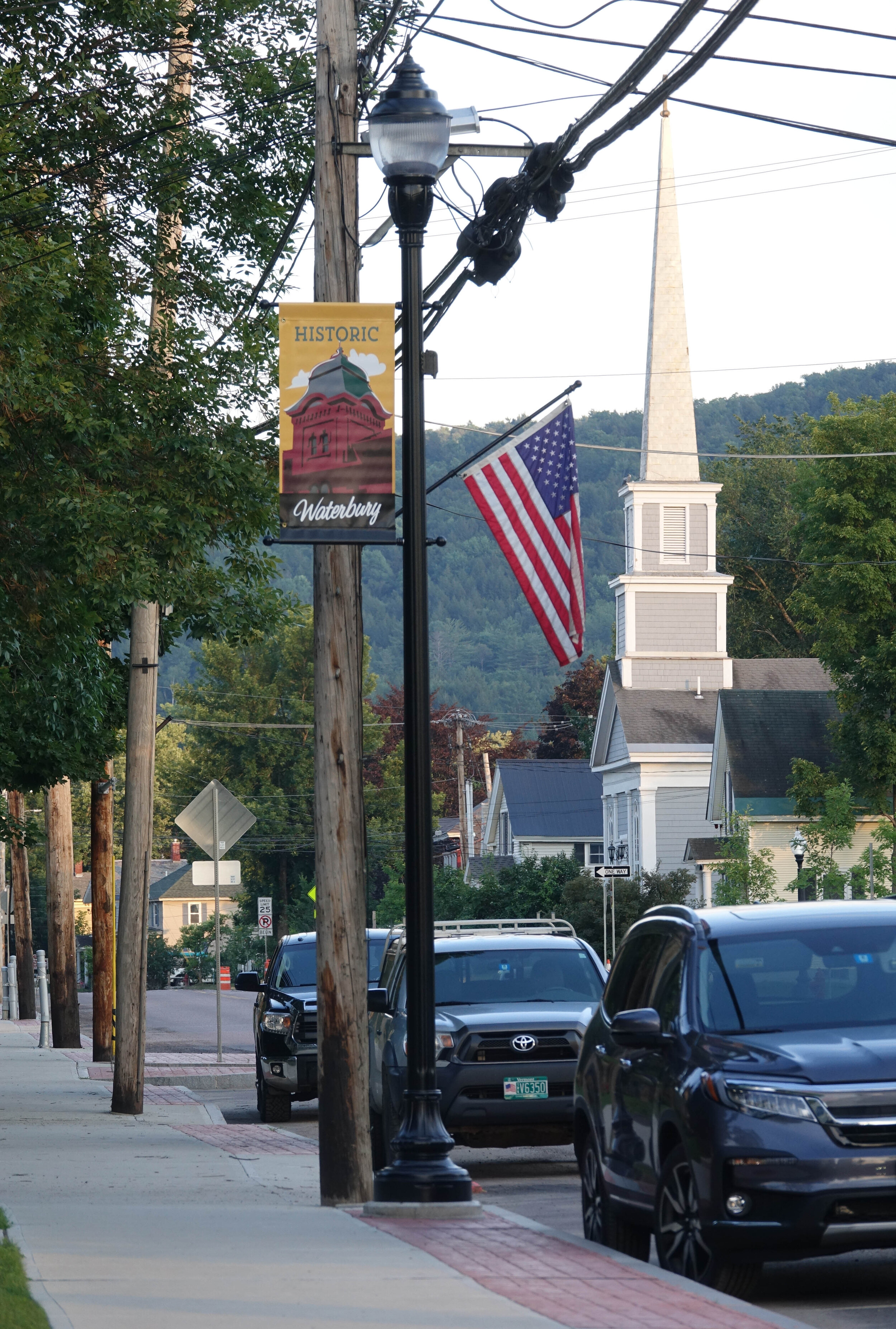
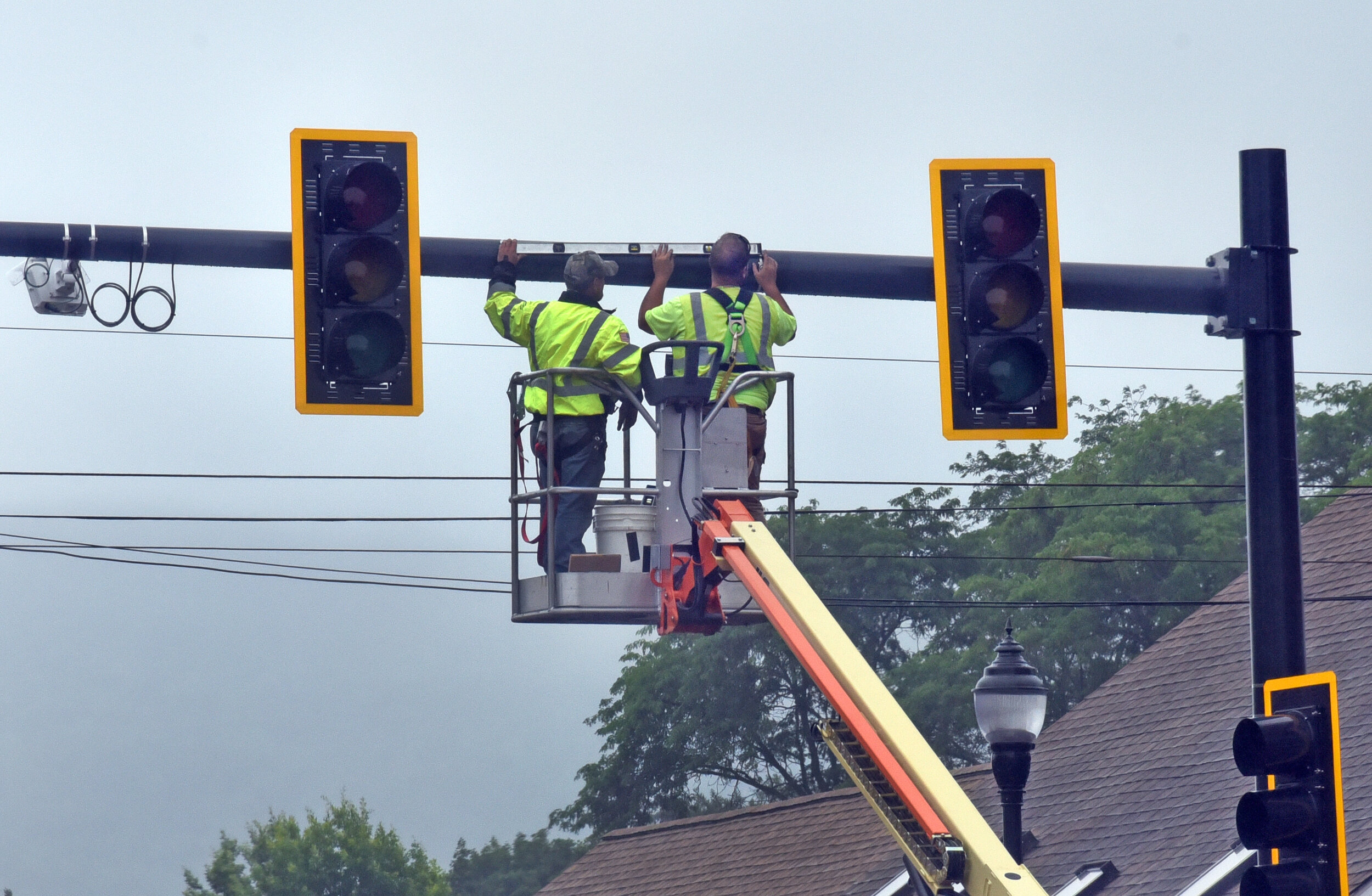


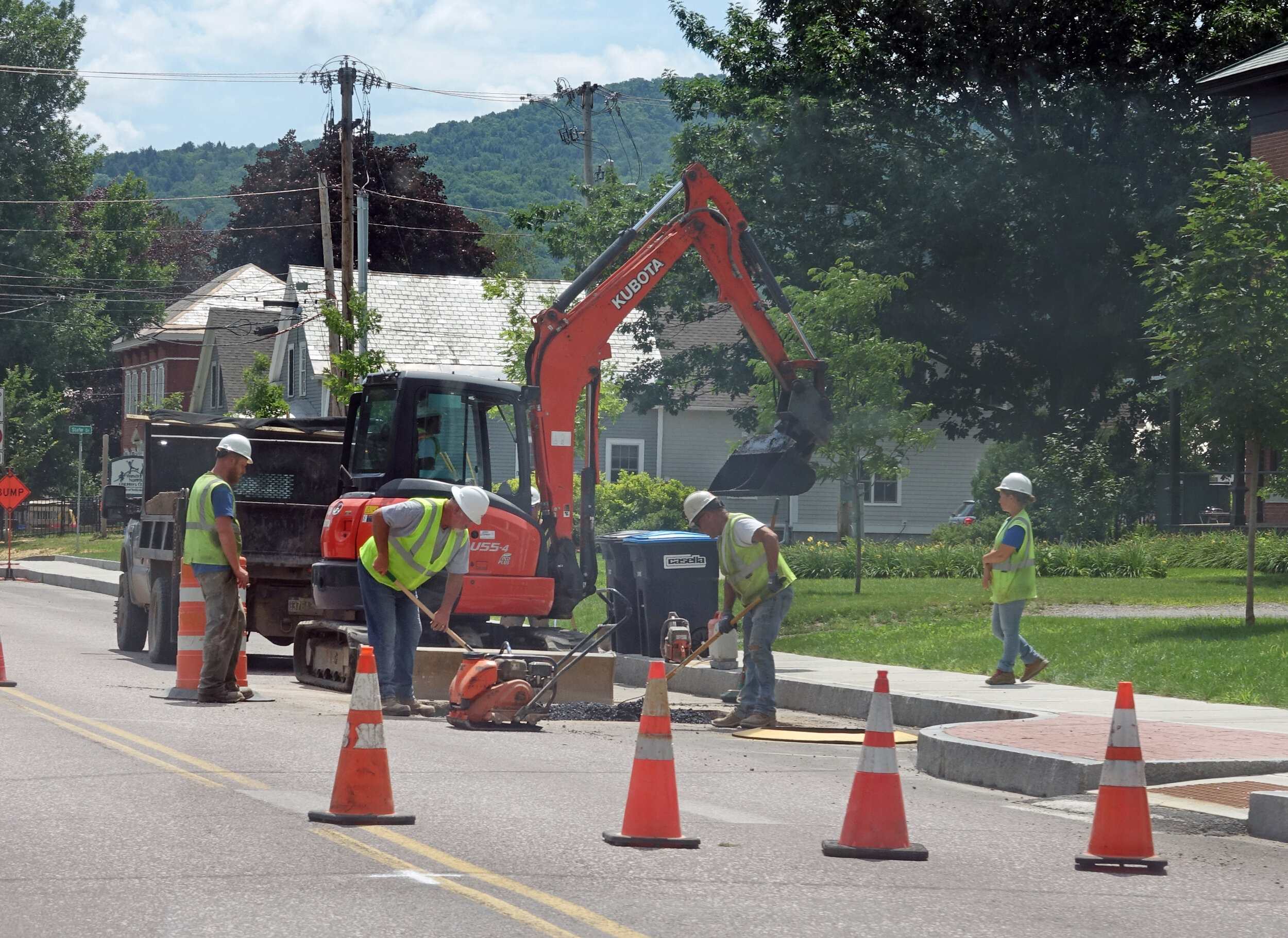

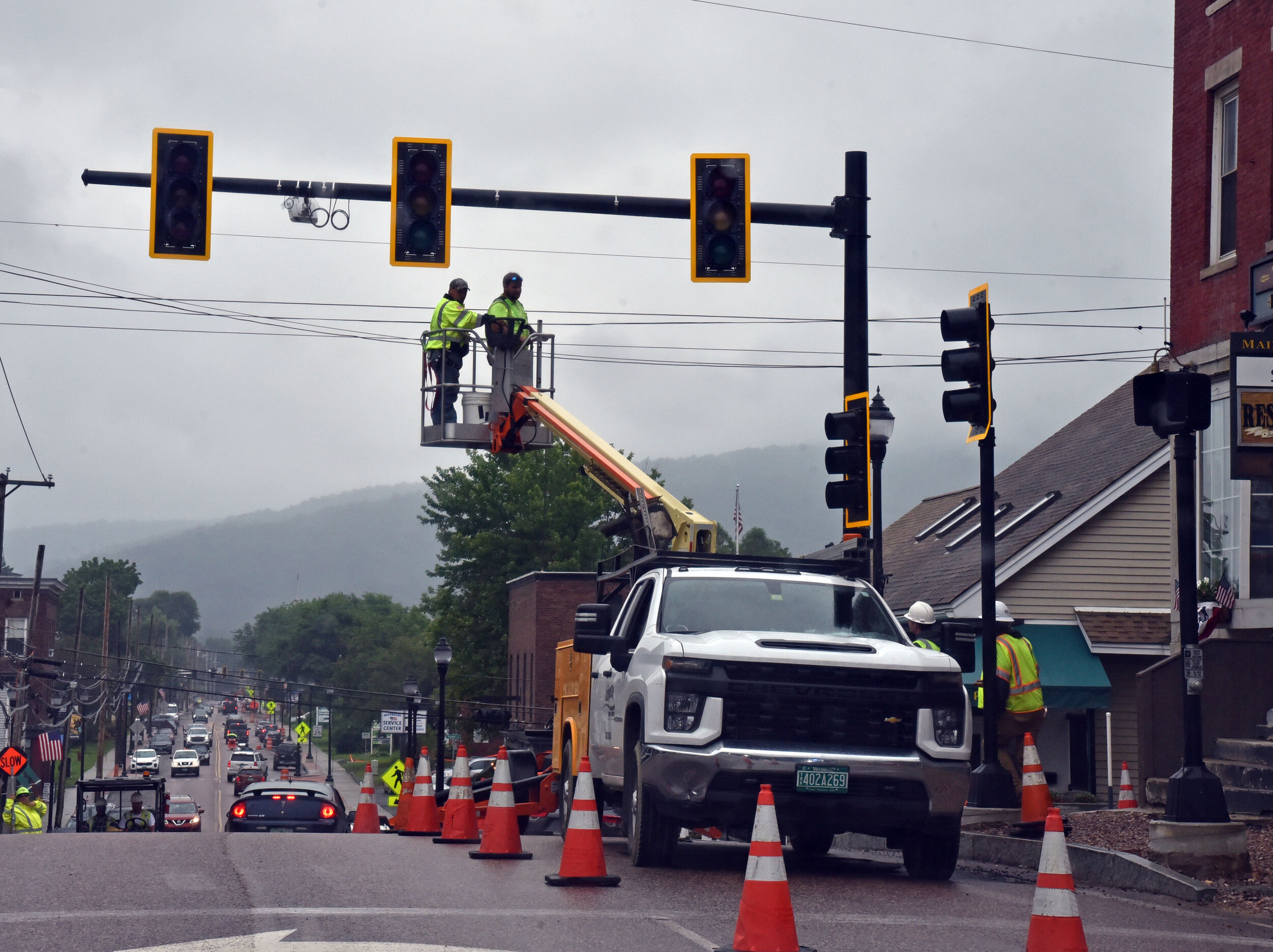
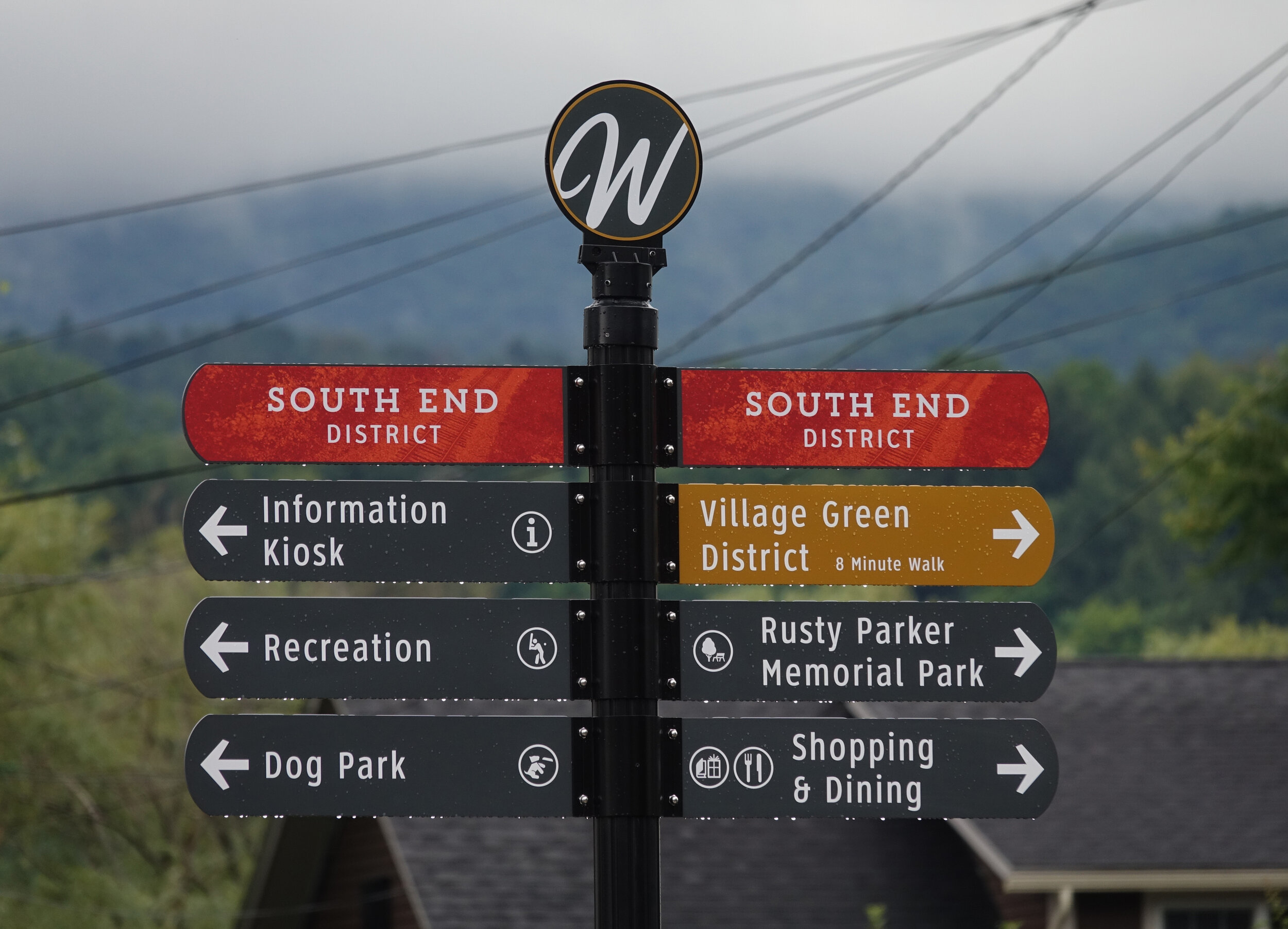
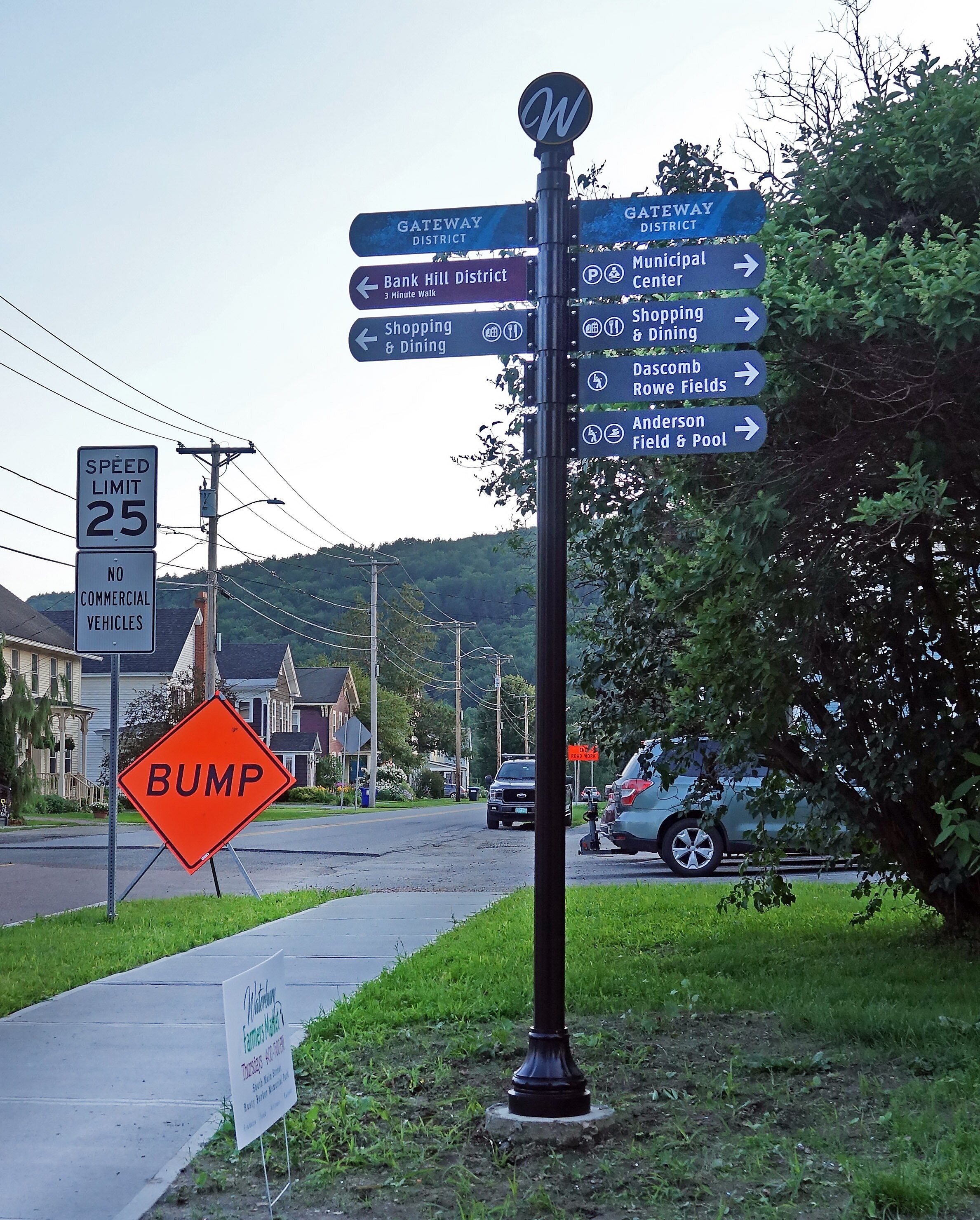
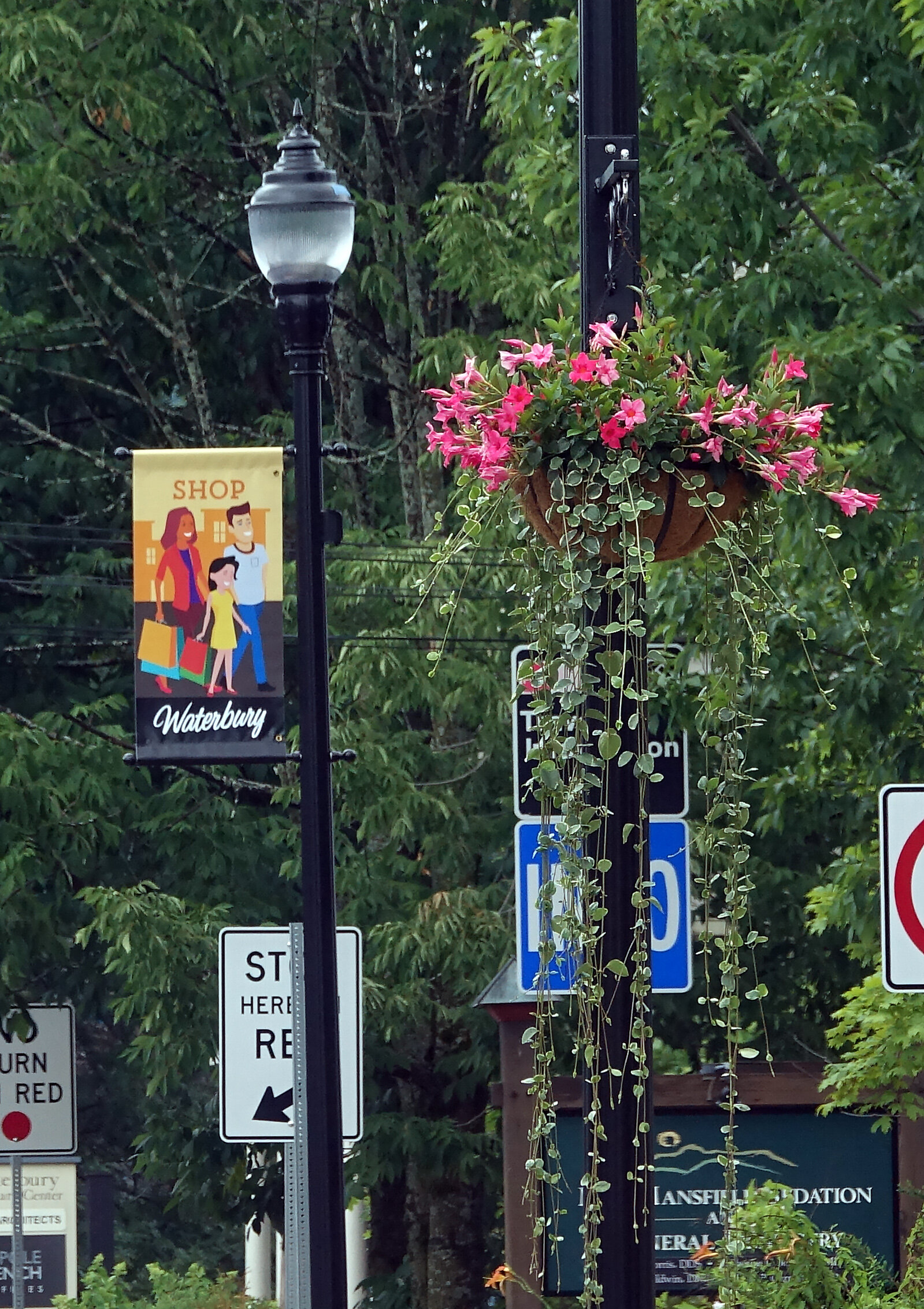
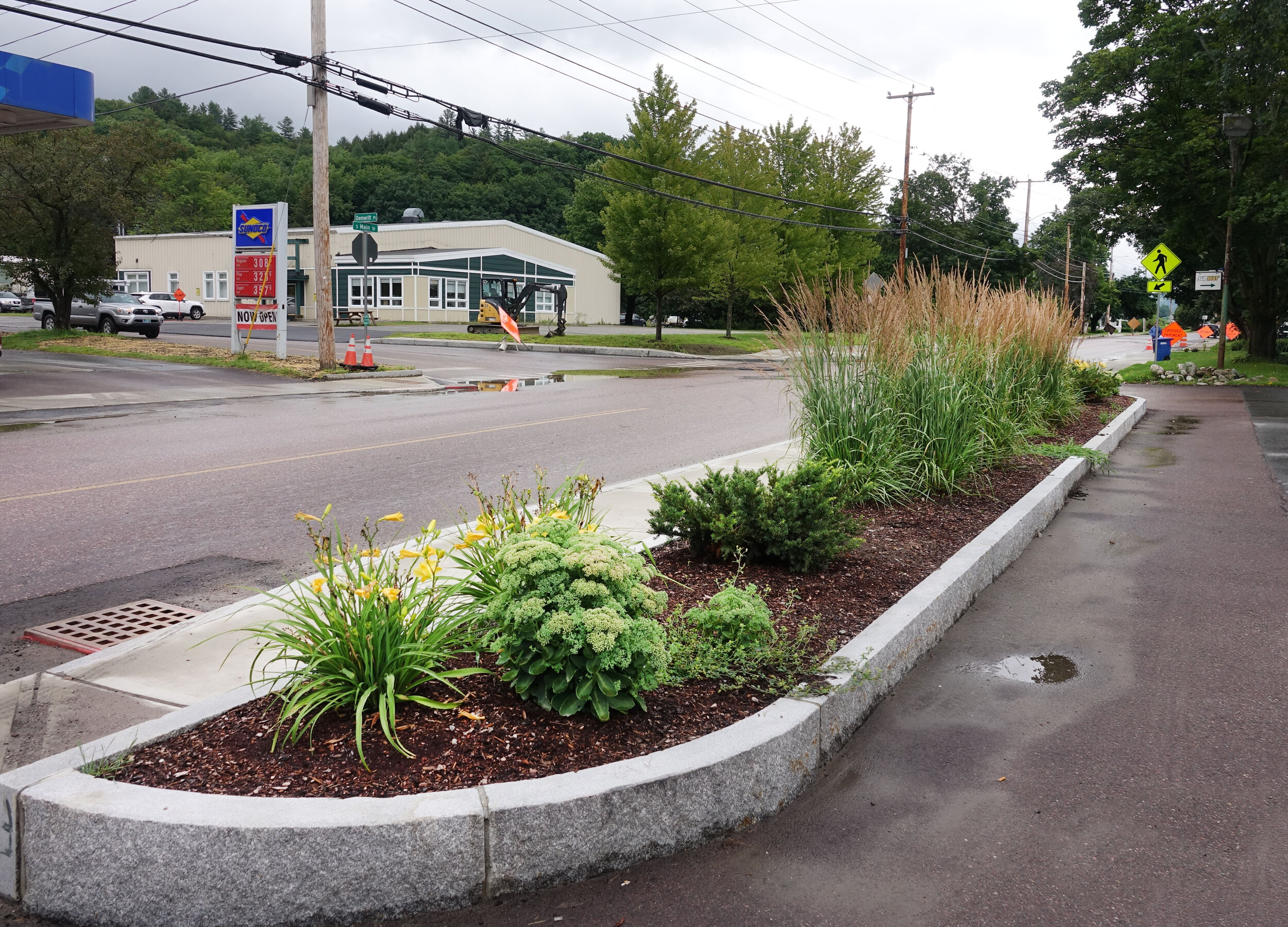
After three summers of heavy-duty construction, the $21 million Main Street project enters its final phase next week as paving the final layer of the entire project is set to start on Monday.
Town transportation liaison Barb Farr said Thursday that paving and markings will happen on weekdays starting Aug. 2 and take about two weeks.
Motorists should expect delays and will encounter one-way traffic as the final coat of asphalt is laid down along the entire length of the project and the adjacent side streets that were involved.
There will be no street parking available during this time where paving is set to happen. In addition, Farr advises cyclists to plan their routes using side streets to avoid the areas where paving is in progress.
It will be a lot of work in two weeks, but the current completion date for contractor J.A. McDonald is August 17. In fact, Farr said, equipment should be gone and work finished on the road itself by August 13. “It will be finished soon. Really soon,” she said.
Work to wrap up several small side projects will continue into late August. She said brickwork will be replaced on the facade of Bargain Boutique after it was removed for sidewalk excavation. New concrete steps and handrails will be installed at The Reservoir restaurant. Its original steps and those at the adjacent Sunflower Salon were affected by construction because they lie in the right of way for the street, Farr explained.
For the past few weeks, many finishing touches have been put into place. New street lamps installed along Main Street and Stowe Street have holders for either colorful new banners or hanging flower baskets.
Installation has begun on what will be five new sets of wayfinding signs to direct visitors around the town. Their markers will correspond to more detailed information contained on five kiosks that soon will be mounted on foundations already put in place during construction. The kiosks will contain maps, information on local history and landmarks, as well as helpful tips such as where to park, Farr said.
Other amenities will be added including bike racks, benches, and new trash, recycling and dog waste receptacles in various locations.
Three-year transformation
Begun in 2019, the Main Street project was a joint effort by the Vermont Department of Transportation and the municipality to both rebuild Main Street -- which also serves as Vermont Route 100 and U.S. Route 2 -- and replace the underground water and wastewater utility lines, some of which were nearly a century old. It included upgrades to stormwater infrastructure, new granite curbing, and concrete sidewalks.
Now work is to wrap up ahead of the Aug. 27 celebration planned to mark both the 10th anniversary of Tropical Storm Irene and the end of the Main Street project. Revitalizing Waterbury, the Waterbury Historical Society, Waterbury Arts and town officials are planning a community celebration that will involve closing off the lower block of Stowe Street near the intersection with Main Street. A two-story art installation called “Phoenix Rising” as a tribute to the community’s rebound after the natural disaster and reconstruction is to be mounted on the exterior brick wall of the building at 5 Stowe Street.
And although the bulk of the Main Street work will draw to a close in August, one remaining piece will not be completed until summer 2022: removal of overhead utility lines.
“The wires -- that’s the top question I get,” Farr said.
Some of the lines have already come down but, Farr explained, the multitude of companies involved will push that work into next year. “They have to be removed sequentially from top to bottom,” she said.
There are 8-10 power, telephone and cable companies with lines criss-crossing Main Street. The companies have until July 1, 2022 to get their crews on site to take down the lines. New lines will run underground along Main Street and the lower block of Stowe Street, Farr said. Wires will disappear from the streetscape between the Congregational Church on North Main Street and Warren Court, just beside the State Office Complex on South Main.
The final step to complete that part of the project will be removal of the original wooden utility poles. Farr said poles will be pulled out next year and the sidewalks that were poured around them will be “patched so they look like brand new.”
Federal dollars pay the lion’s share
The entire $21 million project has been paid for with a breakdown of 95% federal funds, 3% state funding, and 2% local dollars. That translates to roughly $20 million from the federal government, $650,000 from the state, and $450,000 from local tax dollars.
The final aesthetic pieces were paid for with state grant funding that came in two phases -- $100,000 initially and an additional $70,000 from the state’s Downtown Transportation Fund, a program that pays for infrastructure in public spaces in designated downtowns across Vermont each year.
The amenities -- kiosks, benches, bike racks, signage, etc. -- were collectively referred to as the Main Street Streetscape Project. The state funding covered the cost of the entire list with the exception of the lamp posts that were included in the main project. The cost of 17 of them at $10,000 each was used as a match for the grant, with the town paying its share and no additional local costs for the other items, town officials said.
After the street lights, the biggest items are the information kiosks totaling $120,000. The remaining $50,000 in that budget covered the five wayfinding signs for $12,600; six benches at $1,000 each; 26 flower baskets for just over $6,100; 30 banners for $6,000; five bicycle racks for $3,000; five trash and recycling receptacles for $10,000; another $1,300 for dog waste stations; the remainder was foundation work for some of the installations..
As some of these final new pieces have been installed, they have caught public attention. For example, some recent discussions on social media about the wayfinding signs prompted questions about costs and about the terminology used on the directional markers.
In addition to arrows and labels to point out parks, shopping and dining, and other locations, the signs use the term “districts” to refer to parts of the downtown. Details for the signs came from a design committee made up of town officials and Revitalizing Waterbury members, Farr said. New terminology includes labels of downtown “districts” such as “South End District” (the area nearest the Ice Center), “Village Green District” (refers to the vicinity of Rusty Parker Park), “Bank Hill District” (the steep grade below the Main Street-Stowe Street intersection), and “Gateway District” (near the roundabout and entry to downtown).
The terms on the signs correspond with information on the kiosks that have not been installed yet. Farr said the kiosks will provide context for each district while the directional labels on the signposts are meant to be practical guides for pedestrians. “The arrows indicating where services are, where parking, recreation, and breweries are [located are] much more important than the district,” Farr said.
Marketing Associate for Revitalizing Waterbury Ariel Mondlak said the signage and informational kiosks are targeted at visitors to Waterbury who aren’t familiar with the downtown.
“We need to welcome visitors to town. We need to ensure that they have a positive experience,” Mondlak said. “It’s part of what makes our downtown vibrant year round. It’s great that we have a solid year round population to support businesses in those off-seasons, but we need to ensure the town is a positive experience for both.”
